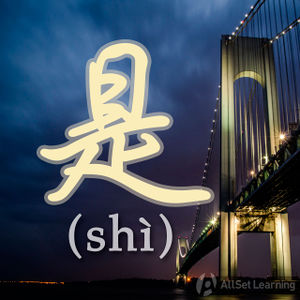The "shi... de" construction for indicating purpose
-
Level
-
Similar to
-
Used for
-
Keywords
There are many ways to explain why you are doing something or what an object is used for. One of the more natural ways just happens to involve 是⋯⋯的. This is a different usage from the "classic" 是⋯⋯的 pattern.
Contents
A Person as Subject
Structure
If the subject is a person, there is often a 来 or 去 after the 是, indicating direction like "coming here" or "going there."
Person + 是 + 来 / 去 + Verb+ 的
Examples
- 我 是 来 玩 的 。I came for fun.
- 我们 都 是 去 出差 的 。We are all going on business trips.
- 他们 都 是 来 实习 的 。They all came here to do internships.
- 你 真的 是 来 帮 我们 的 吗 ?Are you really here to help us?
- 我们 不 是 去 玩 的 ,是 去 做 调查 的 。We're not going for fun. We're going to do research.
A Thing as Subject
Structure
If the subject is a thing, 用来 is often used. Look at the examples below for some more clarification.
Thing + 是 + 用来 + Verb + 的
or
Thing + 是 + 给 + Person + Verb + 的
Examples
- 这 种 菜 是 用来 做 汤 的 。This kind of vegetable is for making soup.
- 这个 房间 是 给 客人 住 的 。This room is for our guest to stay in.
- 这些 钱 是 给 孩子 上 大学 的 。This money is for our child's college education.
- 这些 礼物 是 给 客户 准备 的 。These presents have been prepared for the clients.
- 钱 是 用来 花 的 ,不 是 用来 省的 。Money is for spending, not for saving.



